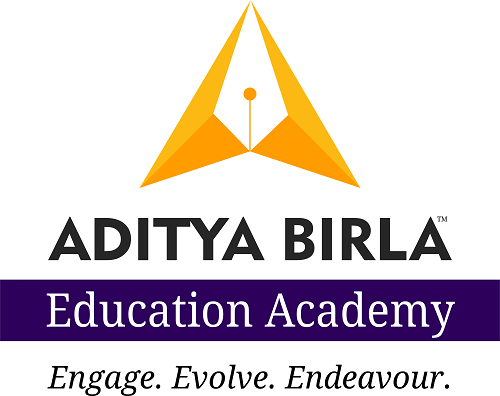The holistic development theory focuses on the rounded development of an individual that nourishes better human qualities and adds values to their lives. When one talks of holistic development – it is a whole approach to the child - mind, body and soul.
So, what are the five areas that help develop a child in a holistic development – physical ability, cognitive ability, social and emotional skills and also developing oneself in an emotional manner. While it is a common thought that the intellectual ability of the child is the most important area of development- the other areas are equally important – like the child’s communication skills, the emotional competencies which is the ability to navigate through different social situations and life events.

Making connections – moving away from fragmentation:
A whole child teaching – learning happens when we move away from teaching in parts to the whole – and moving away from fragmentation. It is more transdisciplinary in its approach and moves away from focus on a single subject area. Holistic learning leads to true learning and makes connections with different subject areas. The classroom mimics the real-world and children learn from real world authentic learning experiences both inside and outside the classroom. Holistic development focuses on the learner rather than just on knowledge transfer.
Importance of relationships:
Interconnectedness could be another overriding theme for Holistic Education. Students are taught about the different skill sets that people possess and perspectives of others. They are also taught that other people are right in their thinking.
Developing a Sense of community:
As part of Holistic development is to focus on people and the community around you. It can also be the awareness towards the environment. Development of students in this manner helps them to support their emotions – helping them manage conflicting situations – develops better communication and negotiation skills. Conflict and interpersonal differences are as much supported as much as friendship and happiness.
Awareness towards environment:
With an increased focus on the UN- Sustainable development goals – most schools can embed holistic learning with a focus on UN-SDG. Bringing in awareness of the environment will help students respect the world around them and have gratitude towards all that they have. They will learn that their actions will not only impact them but the future generations.
Holistic Education is a concept and how children gain from the teaching – learning experience. A four point ready-reckoner for any school to keep in mind while planning to approach the curriculum in a holistic manner.
1. Holistic education is dynamic in nature: The focus is more on the learning task and the students and shifts from the teacher to the student. Students work in a collaborative manner and the knowledge transfer is more through case-studies, hands-on activities and group learning.
2. Holistic education uses higher order thinking tasks:
When students are involved in higher order thinking tasks, there are no right and wrong answers – it is more of critical thinking. Open ended questions involve more interactions and discussions and peer-peer learning.
3. Holistic education involves all students:
Holistic education is not only about students who know all the right answers and answer knowledge-based questions. This involves students to think of all probable answers and think out of the box solutions. Enabling students to have a discussion time, students to reflect and ask questions helps even the most reticent student to participate and be involved.
4. Holistic education should help students build their personalities:
Holistic education employs group work, and can provide students with collaborative skills that wouldn’t be gained in other learning environments. Students feel connected and able to use their unique skills and voices together to create something or solve a problem. Providing students with discussion time, time to reflect and ask questions, puts the ball in their court and they kindle the flame of curiosity required to be intellectual leaders for life.
Some of the visible advantages of holistic way of life in schools:
1) Improved sense of belief and self-confidence in students, which help them to focus on the challenges in life and also improve in academics.
2) Holistic education helps promote social – awareness and a sense of social responsibility among students.
3) Students become confident and aware of themselves about their own feelings towards themselves and others – this helps to reduce abuse and violence.
4) Most importantly it makes them a better human being who is capable of dealing with their own self-learning and making decisions which will help them grow as worthy individuals of this society.
Also read,
https://www.abea.in/blog-how-to-work-on-socio-emotional-development-of-a-child
https://www.abea.in/blog-what-aspects-of-teaching-methodologies-should-teacher-training-courses-cover
https://www.abea.in/blog-how-can-teacher-training-programs-help-educators-to-conduct-highly-interactive-classes
https://www.abea.in/blog-5-reasons-why-teacher-training-is-essential-for-a-smart-school-future-in-india






